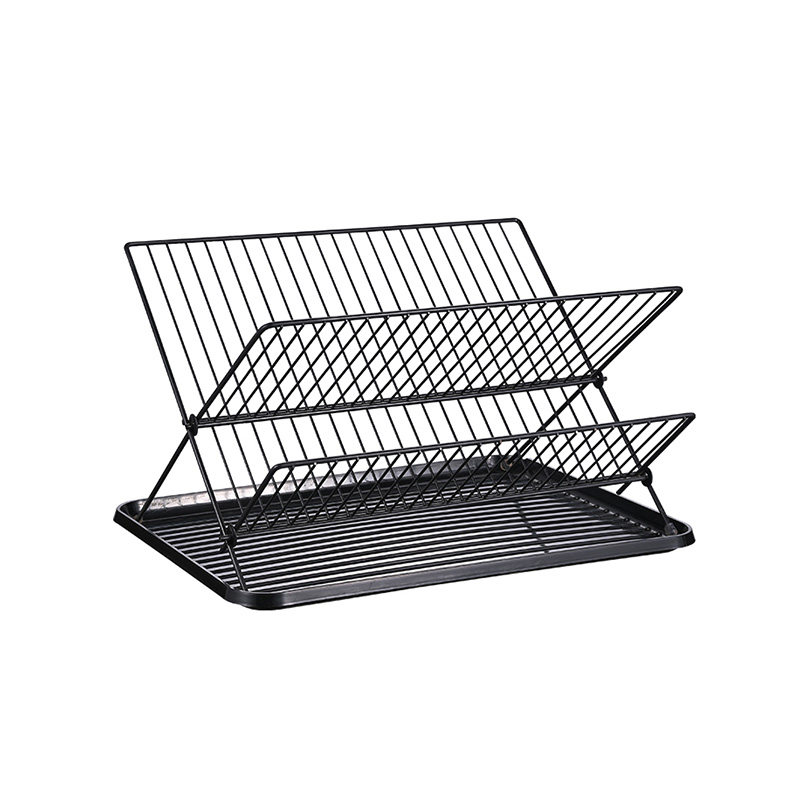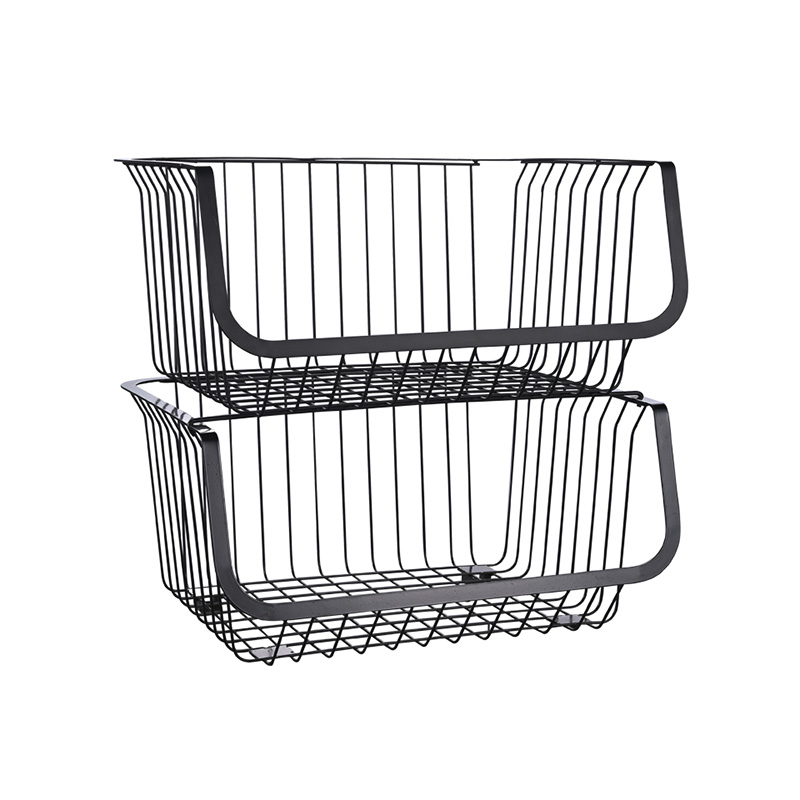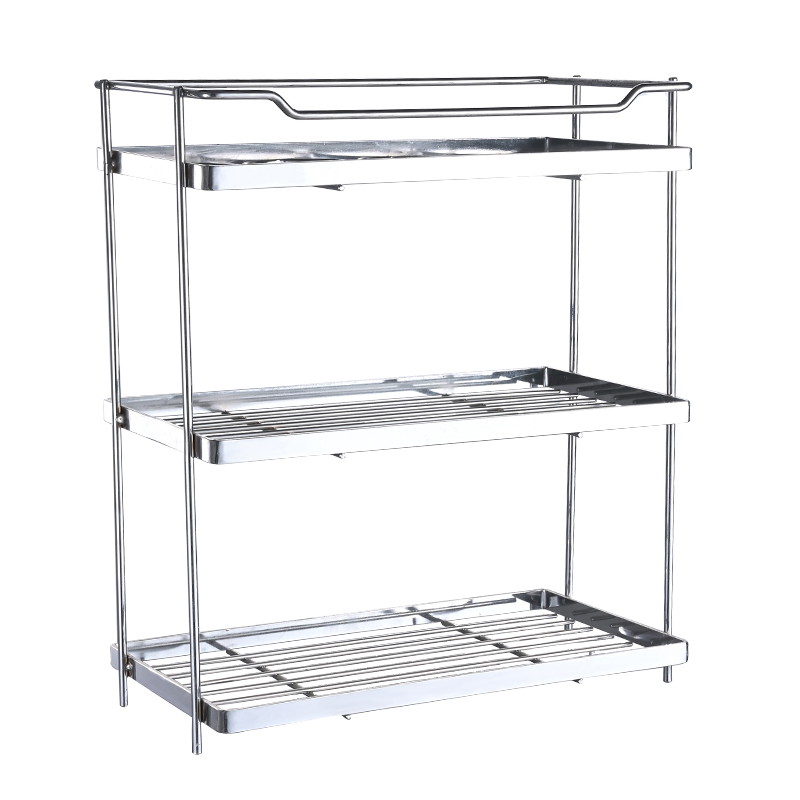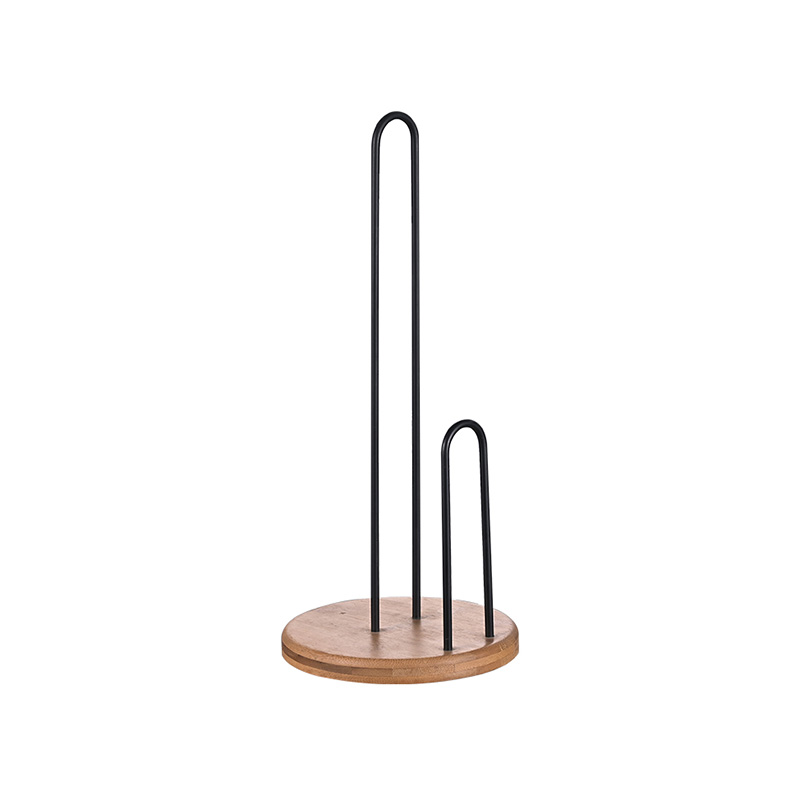Kitchen Dish Rack Designs Focus on Space-Saving Solutions for Small Homes
For those living in apartments or homes with compact kitchens, every inch of counter space is valuable. A traditional Kitchen Dish Rack can claim a significant part of that limited area, creating a feeling of clutter. In response, design innovations have emerged that challenge the conventional footprint of these essential tools. The current wave of Kitchen Dish Rack designs is increasingly focused on verticality, flexibility, and intelligent use of under-utilized spaces, offering practical answers for smaller homes.

Going Vertical: Wall-Mounted and Over-Sink Models
One of the most direct approaches to saving space is to remove the rack from the counter entirely. Wall-mounted dish racks achieve this by fixing to the wall, often above the sink or on a nearby empty wall. This not only frees up the counter but also turns the rack into a displayed storage solution. A related and popular concept is the over-the-sink rack. This design spans the width of the sink basin, positioning the drying area directly above it. The primary advantage is that water drips straight into the sink, eliminating the need for a separate drip tray and ensuring the counter remains dry and clear. This method makes use of normally unused space.
The Art of Flexibility: Foldable and Adjustable Designs
For kitchens where counter space is needed for multiple tasks, a permanent rack setup might not be practical. This is where flexible designs come into play. Foldable dish racks can be collapsed flat when not in use, stored in a drawer or cupboard, and then set up again when needed. This "on-demand" functionality is a significant benefit for those who prefer a clear countertop when the rack is not in active use. Similarly, adjustable racks, with moving parts or expandable frames, can be configured to fit specific spots or to accommodate larger items like baking sheets or pans, providing a custom fit for a changing set of needs.
Integrated and Multi-Functional Units
Another design trend involves consolidating kitchen tools into a single unit. Instead of having a separate dish rack, utensil holder, and knife block, integrated models combine these functions. A Kitchen Dish Rack might feature built-in compartments for cutlery, slots for knives, and a dedicated area for storing dish soap and sponges. This consolidation reduces the overall number of items sitting on the counter, creating a more organized and streamlined appearance. By thinking of the dish rack as a central hub for post-wash activities, these designs help minimize clutter effectively.
Choosing a Path to a Clearer Counter
The evolution of the Kitchen Dish Rack demonstrates a clear shift towards thoughtful space management. Homeowners are no longer limited to bulky trays that occupy prime counter real estate. By considering a wall-mounted system, a foldable model, or a unit that combines several functions, it is possible to maintain an efficient drying station without sacrificing precious workspace. Assessing your kitchen's layout, your drying habits, and your storage capacity will point you toward the space-saving solution that can make a noticeable difference in your daily kitchen experience.
-
Feedback


 English
English 中文简体
中文简体 русский
русский Español
Español








